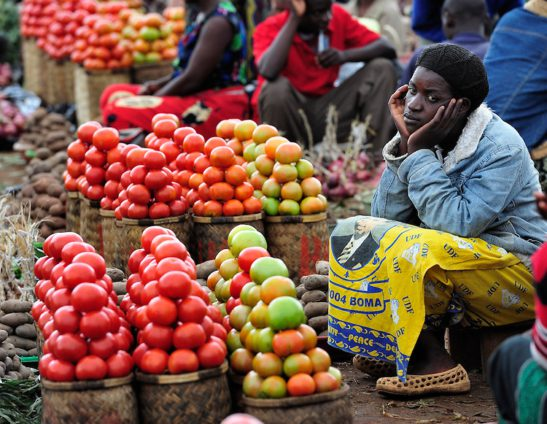Food crisis deepens as number of Ghanaians facing hunger rises by 7.3% — GSS


The Ghana Statistical Service (GSS) has revealed that the number of Ghanaians experiencing food insecurity rose by 7.3% between the first and fourth quarters of 2024, despite ongoing national efforts to tackle hunger.
According to a press release issued on Thursday, October 16, by the Ghana Statistical Service, the number of people facing food insecurity, defined as the lack of access to adequate and nutritious food necessary for an active and healthy life, increased from 12.4 million in the first quarter to 13.3 million in the last quarter of 2024.
This year’s World Food Day is being observed under the theme “Right to Foods for a Better Life and a Better Future”, a reminder that access to nutritious food is a basic human right and that ending hunger requires collective global action.
The GSS noted that despite efforts to tackle hunger, regional and gender inequalities persist.
The Volta Region recorded the highest rate of food insecurity, rising slightly from 51.5% in the first quarter to 52% in the fourth quarter of 2024, while the Greater Accra Region had the lowest, though its rate also rose sharply from 20.2% to 29% within the same period.
The data further revealed that female-headed households remain more vulnerable to food insecurity than male-headed households.
“The proportion of female-headed households that were food insecure increased from 40.4 percent in the first quarter to 44 percent in the fourth quarter,” the report stated. “Among male-headed households, the rate rose from 32.4 percent to 37.1%.”
The report also highlighted worrying links between food insecurity and child nutrition, indicating that the proportion of households with underweight children under five years who were food insecure rose from 38% in the first quarter to 44.9% in the fourth quarter.
In contrast, the proportion of households with wasted children (a form of acute malnutrition) fell slightly from 46.25 to 43.5%.
The GSS said the findings demonstrate persistent nutritional vulnerabilities, particularly among households with children facing poor health outcomes.
Additionally, the number of Ghanaians who are both food insecure and multidimensionally poor increased by 400,000, rising from 3.7 million in the first quarter to 4.1 million in the fourth quarter of 2024.
“This reinforces the need for integrated policy responses that address multiple deprivations such as income, health, education, and living standards simultaneously,” the report said.
As Ghana strives toward Sustainable Development Goal 2 (Zero Hunger), the GSS is calling for coordinated, data-driven interventions to enhance food availability, ensure access to nutritious diets, and strengthen sustainable food systems.
The Service recommended stronger support for smallholder farmers, climate-resilient agriculture, and targeted efforts to close the regional and gender gaps in food access.
“Food insecurity is not inevitable; with the right data, the right policies, and the right partnerships, every Ghanaian can have access to safe, nutritious, and affordable food. The time to act is now so that no table is left empty.”
DISCLAIMER: The Views, Comments, Opinions, Contributions and Statements made by Readers and Contributors on this platform do not necessarily represent the views or policy of Multimedia Group Limited.
DISCLAIMER: The Views, Comments, Opinions, Contributions and Statements made by Readers and Contributors on this platform do not necessarily represent the views or policy of Multimedia Group Limited.
Source link





